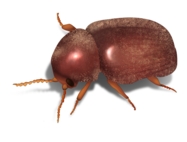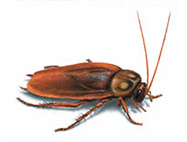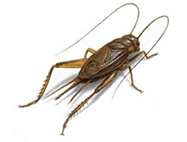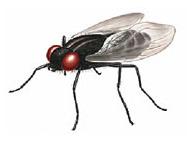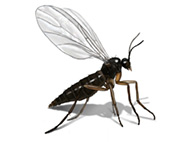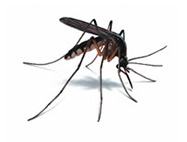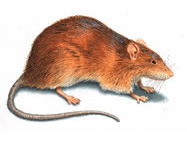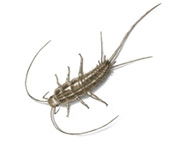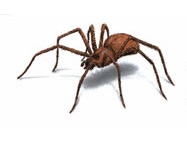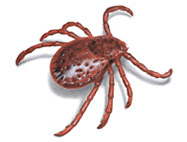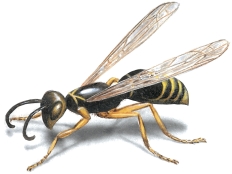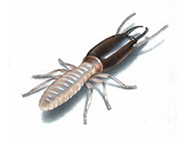Scientific Name: Cimex lectularius
Description:
Bed bugs are light brown to reddish brown in colour, flattened, oval in shape and have pad-like thin front wings but no hind wings. Generally, bed bugs grow to be 4mm-5mm long and 1.5mm-3mm wide. They seem to have a banded appearance due to their sectioned abdomen and tiny yet invisible hairs. They are easily misidentified for other insects such as small cockroaches or carpet beetles.
Moreover, bed bugs can survive in a wide range of temperatures and different atmospheres. During warm conditions, their movements are like ants. Bed bugs also emit an unpleasant odour when crushed, like many other insects. The life span of bed bugs varies according to the species and their feeding patterns.
Bed bugs are parasitical insects that feed on blood. They are drawn to their hosts by carbon dioxide and by warmth. They prefer to feed from exposed skin such as the face, neck and arms of a sleeping person. Bedbugs have mouth parts that can cut through the skin and inject saliva with anticoagulants and painkillers. The sensitivity of humans to bed bug bites may vary from extreme allergic reaction to no reaction at all. Usually, the bed bug bite gives rise to a swelling with no red spot, but when many bugs feed on a small area reddish spots might appear after the swelling lessens.



